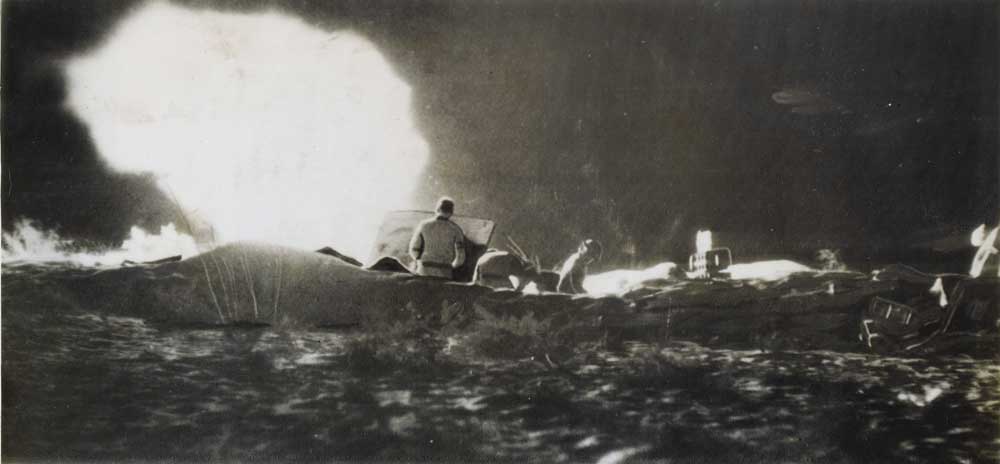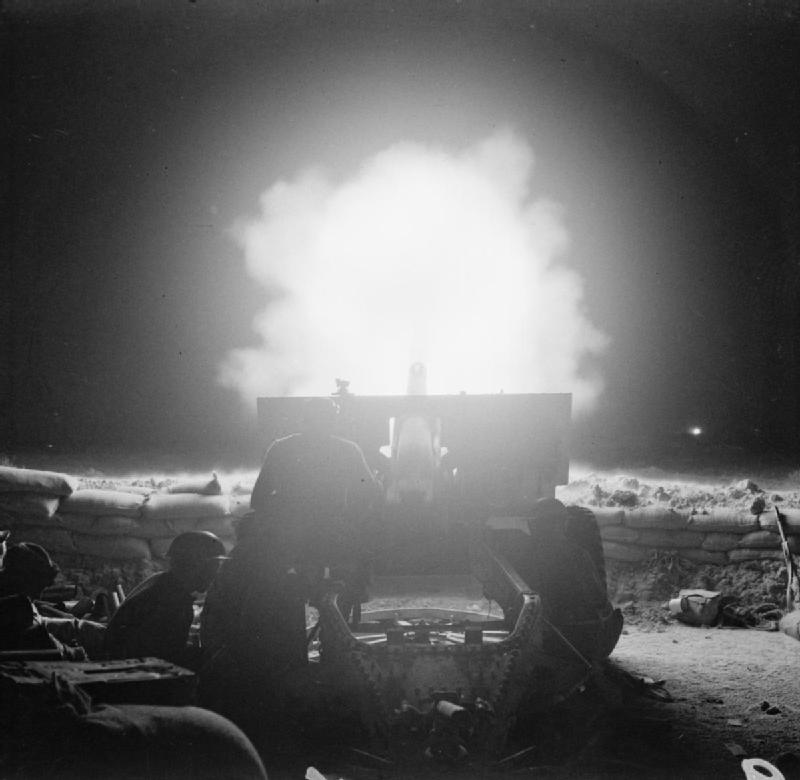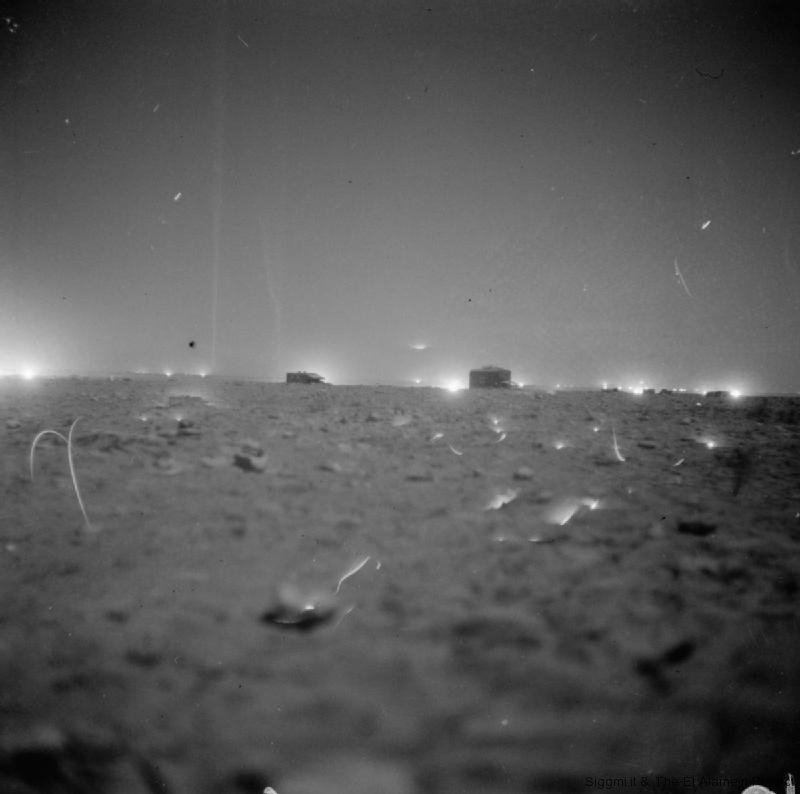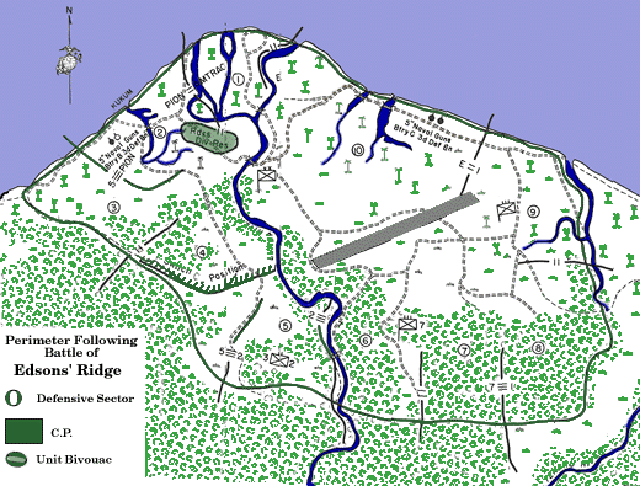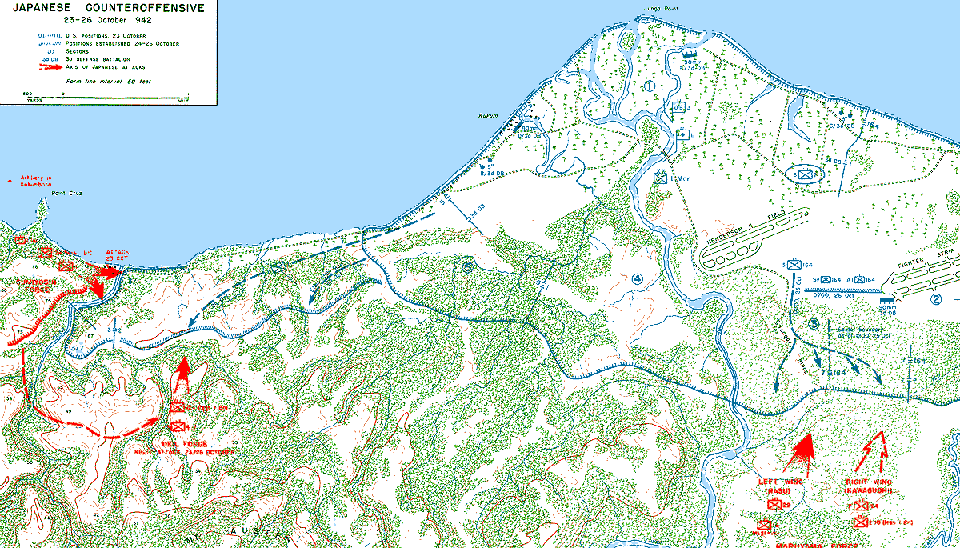Air Operations, Aleutians
7 28th Composite Bomb Group bombers attack the submarine base and main camp at Kiska.
[Air Operations, Bismarcks
During the night V Bomber Command B-17s attack shipping in Rabaul harbor. While most of the bombers attack from high altitude, specially trained crews of 43rd Heavy Bomb Group's 63rd Heavy Bomb Squadron release their bombs at or below 250 feet. Violent explosions are observed and the experiment is declared a success.
[Air Operations, Europe
BOMBER COMMANDDaylight Ops:
- 26 Wellingtons are sent to the Ruhr: 15 to Krefeld and 11 to Essen.
- 11 aircraft bomb estimated positions through clouds.
- There are no losses.
- 122 aircraft are sent to Genoa: 53 Halifaxes, 51 Stirlings and 18 Wellingtons.
- Aircraft are provided by 3 and 4 Groups and the Pathfinders. The target area is almost completely cloud-covered and it is later discovered that the bomb loads actually fall on the town of Savona, 30 miles along the coast from Genoa. There are no reports of the damage in Savona, but some of the planes bomb Turin where 2 people are killed and 10 injured.
- 2 Halifaxes and 1 Stirling are lost.
- 17 Wellingtons of 1 Group lay mines off La Pallice and the Danish coast.
- 1 aircraft is lost.
Air Operations, New Guinea
3rd Light Bomb Group A-20s attack Deniki.
[Air Operations, Solomons
- When an attack force composed of 16 G4M 'Betty' bombers and 28 A6M Zeros is intercepted by 24 Cactus Air Force F4Fs and 4 P-39s at approximately 1130 hours, VMF-121 and VMF-212 F4F pilots claim 1 Zero and 21 Zeros 'Bettys', a VF-71 F4F claims 2 'Bettys', and a 339th Fighter Squadron P-39 claims 1 Zero. 1 of 7 damaged F4Fs is written off.
- Between 1800 hours and sunset Cactus Air Force SBDs provide continuous support for Marine Corps ground forces under attack by Japanese Army ground forces on the western side of the Lunga Perimeter.
Atlantic
The cruiser Phoebe is damaged by U-161 off the Congo Estuary.
[Battle of the Atlantic
The US freighter Reuben Tipton (6829t), bound for Trinidad, is torpedoed and sunk by U-129 with the loss of 3 of her crew. 2 of her crew are rescued on October 25 while 39 crewmen and 10 Armed Guard sailors are rescued on October 26.
[Britain, Home Front
Mrs Eleanor Roosevelt arrives in London as a guest of King George VI and Queen Elizabeth.
[Burma
The bulk of the British force has advanced to Cox's Bazar but forward units have reached Buthidaung. There they come into contact with a Japanese formations which has pushed up from Akyab. After a brief fight the Japanese hold the position.
[Diplomatic Relations
Adm Darlan arrives in Rabat, Morocco, and calls for unity and defense of the Vichy-controlled area.
[Eastern Front
SOUTHERN SECTORGerman attacks reach the northwestern corner of the Red October factory. Paulus has committed the bulk of his reserve and is close to the end of his resources. To the north and south, the attacks by the 66th and 24th Armies between the Don and the Volga and the 64th Army at Beketovka continue. The Germans move elements of the 295th, 71st and 100th Infantry Divisions and the 29th Motorized Division south to ward off the 64th Army.
[Germany, Home Front
Radio Berlin announces that Britain will not be a member of the postwar 'European Charter' because 'she has estranged herself from Europe more and more under Churchill's regime.'
[Italy, Home Front
King Victor Emmanuel and Queen Elena visit Genoa, still burning from the previous night's bombing.
[North Africa
(22nd?)Gen Clark lands at Algeria for talks with the French Gen Mast and the American diplomat Robert Murphy. Murphy has been conducting delicate negotiations with many of the French leaders in Morocco and Algeria. The most important supporters of the Allied cause are Generals Charles Mast and Emile Bethouart who are Chiefs of Staff at Algiers and Casablanca respectively. The Allies have had less success with the more senior French officials and soldiers and none at all with the admirals, who have remained profoundly anti-British since Mers-el-Kebir and Dakar. This particular conference is intended to confirm to Mast the importance to the Allies of his help and to ascertain that he is prepared to accept the authority of Gen Giraud. Giraud is still in Vichy but is to be smuggled out before the invasion starts. Mast agrees to accept Giraud but in reality he is an unsatisfactory choice and unlikely to command widespread loyalty. For his own part Giraud prefers to be regarded as a soldier rather than as a politician.
[Pacific
The US submarine Kingfish (SS-234) sinks the Japanese gunboat Seikyo Maru (2606t) at the entrance to Kii Suido, Honshu.
[United States, Home Front
US forces sail from Hampton Roads, Virginia, for the invasion of North Africa.
[Battle of El Alamein
Montgomery's attack begins shortly before midnight after meticulous preparation. Units have received precise training in night movement and mine clearance. An elaborate and extensive artillery plan has been worked out, and complicated measures of deception have been taken to confuse the enemy as to the time and place of the attack. Masterly camouflage operations are organized by Lt-Col Geoffrey Barkas involving the use of many dummy tanks, trucks and dumps in order to convince Rommel that the attack will take place farther south. The plan is for the infantry of XXX Corps to push through the minefields and the enemy infantry positions and then for X Corps, of 2 armored divisions, to move through and hold off the counterattacks while the infantry clears and widens the gap behind. In the final phase the German armor will be fought and destroyed in the open. 8th Army has a superiority of about two to one in tanks, guns and men as well as considerable advantage in the air. Most important, however, is the question of supplies. Montgomery has under him the XXX, X and XIII Corps, deployed respectively at the north, center and south of the line. On the Axis side the German 15th Pzr and the 164th Div have taken position at the north of the line with the Italian Littorio Div, the Italian Trento, Bologna and Brescia Divs in the center and the German 21st Pzr and 2 more Italian divisions, the Ariete and Folgore, in the south. The German armor has been dispersed into two groups because, if concentrated, it might not have enough fuel to motor to the site of an attack. All along the front Italian and German units have been mixed so there is a reliable German contingent everywhere. The Italians' task is to hold their positions, while any possible attack will be carried out by the German armor, which is handicapped by having to be spread widely along the front and so losing in striking power.
The British plan is for the decisive attack to be delivered in the north by the infantry of the XXX Corps and the armored divisions of the X Corps; the XIII Corps will carry out diversionary actions.
|
|
|
|
Guadalcanal
Adm Kurita sends 16 twin-engined bombers and 28 Zeros to strike Henderson field. The Americans respond with 3 8-plane flights of F4Fs and 4 P-39s. The fighters go after the Zeros in dogfights contrary to navy fighter doctrine. 1 F4F is destroyed in the air but the pilot makes it down safely, 7 others are damaged. The American pilots claim 20 Zeros. Kurita has made the 'maximum effort' called for in the battle orders, but the surface fleet is told to hold for the ground troops are not ready. The new date for the attack is October 24.
Adm Yamamoto's search planes have been keeping track of Adm A. W. Lee's Task Force 64, built around the battleship Washington (BB-56) and the cruiser Atlanta (CL-51) which is moving out to meet Adm Scott and his cruiser force. Their task is to patrol south of Guadalcanal and engage any enemy trying to run through The Slot. Yamamoto still has no idea where the American carriers were. At this time they are about 1,000 miles southwest of the Japanese Fleet, just below New Hebrides. Adm Murray commands the Hornet (CV-8) and Adm Kinkaid the Enterprise (CV-6), but Halsey is now in charge. He issues specific orders for the 2 groups: run along the New Hebrides, around the Santa Cruz Islands then head southwest to cover Guadalcanal. He also sends several American submarines to patrol the waters north, east and west of Guadalcanal to watch for Japanese fleet.
After a quiet day, Sumiyoshi's artillery opens up at 1800 with heavy concentrated fire on the American positions on the Matanikay River, the rear areas and the coast road. After the bombardment, the assault force of a tank company and an infantry regiment comes out of the jungle and makes a determined but futile effort to cross the Matanikau River mouth and overrun the 3rd Battalion of the 1st Marines. The Japanese 4th Infantry assembles in jungle west of river. To halt the infantry, the 11th Marines begins firing a series of barrages to cover a 600- to 800-yard-wide area between the Matanikau River and Point Cruz, while 37-mm guns on the Matanikau engage the tanks. 8 of the tanks are knocked out by the antitank guns. One crosses the sand bar but is destroyed on the beach by a 75-mm self-propelled tank destroyer. Not one infantryman makes it across the sand bar. The Japanese sustain heavy losses. About 600 are estimated killed and at least 8 tanks are knocked out. The 1st Marines lose 25 killed and 14 wounded. The surviving Japanese infantry withdraw to the west. Around midnight the Japanese make a second attempt to cross the river farther upstream, but it is easily halted. Eventually 20,000 men under the command of Gen Maruyama Wave will be involved in this offensive. The main enemy enveloping force, which was to have attacked simultaneously with the coastal force, is not yet in position and postpones for another day its attack on the southern perimeter.
At 9:30p.m. artillery fire from a thousand guns begins to fall on the German positions. The main attack in fact falls on the German 164th Div and the Italian Trento Div who are supported by the Littorio and the 15th Pzr. The Axis forces are completely surprised. To make matters worse, Rommel has been in Germany for some weeks and has been temporarily replaced by Gen Georg Stumme. The Axis forces have been ordered not to reply to the British artillery fire, to save ammunition. This is a very delicate moment for the British. Some days earlier, Churchill telegraphed Alexander, the Commander-in-Chief of British armed forces in the Middle East, that 'all our hopes' rested on the outcome of the battle.
Diversionary attacks at first make sure that the 21st Pzr stays in the south. During the opening night and day of the battle the British forces make some progress but do not manage to keep to their timetable to force their armor through the minefields. Gen Stumme, who commands in Rommel's absence, dies of a heart attack during a visit to the front and in the very confused situation the German reaction is somewhat lethargic.
|
|
Result of the Japanese Attack |
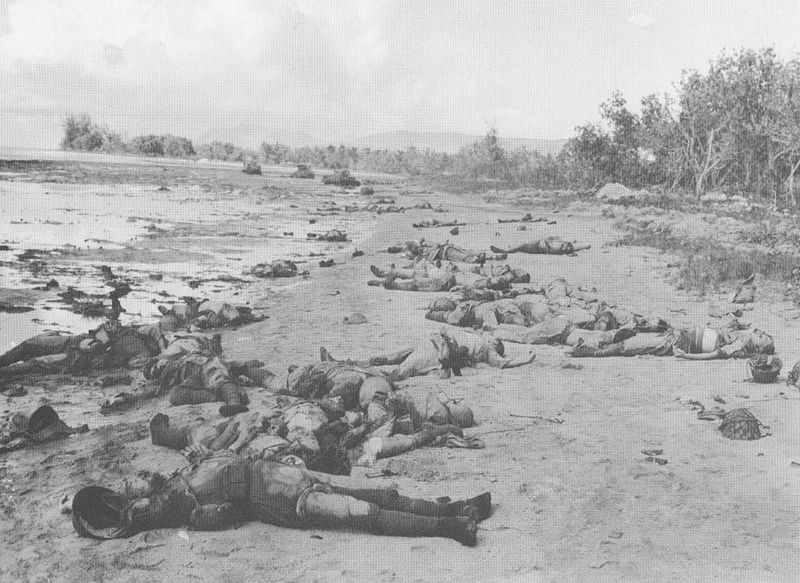 |
